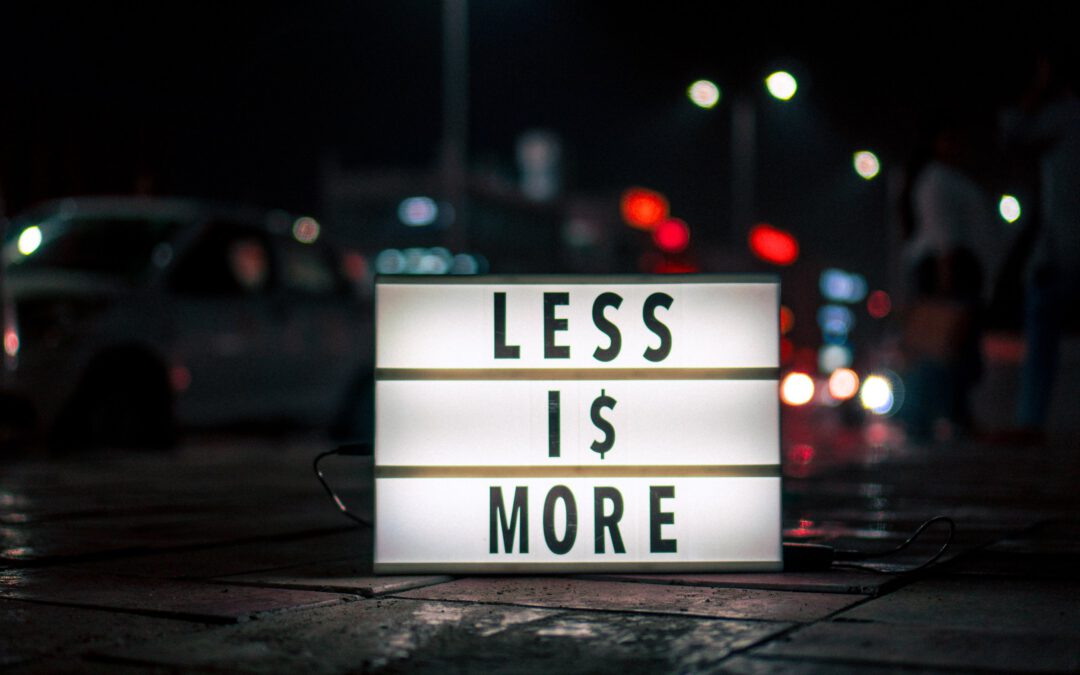Selectivity is a numbers game; it is represented by a simple fraction. A number of students apply, a smaller number of students receive admission. This isn’t news. However, many students mistakenly believe those numbers represent something they don’t. It is commonly assumed that the fraction represents: A number of very qualified students apply, a smaller number of very qualified students receive admission. But, this isn’t always the case. Some previous posts, “College Competition: Spotlight on Selectivity” and “Students for Sale,” address the issues of selective college admissions and the selling of student information, but this tangled web of data and perception is worth revisiting, especially in light of a recent Wall Street Journal article. On November 5, 2019, the WSJ published “For Sale: SAT-Takers’ Names. Colleges Buy Student Data and Boost Exclusivity.” This article further highlights how universities capitalize on the College Board’s sale of student information. Higher education institutions hope to see a high return on their investment of 47 cents per student data file, even if the student never pays tuition. In fact, these schools likely spend additional monies on postage as they mail out recruitment packages and postcards to students without every having any intention of considering them for admission. This expense won’t net a payoff in terms of tuition and fees paid by the solicited student, but, rather, the ability of the university to increase its selectivity profile. As an admissions officer at Vanderbilt stated, “You’ve got to keep your denominators up.” If the college or university can increase its applicant pool and still admit the same number of Freshmen, then their selectivity numbers increase. This translates to higher rankings and higher profiles. Of course, this doesn’t mean that the colleges aren’t admitting the best and brightest, or that the schools are not providing excellent educational opportunities, but it does mean the the perceived level of competition for admission is just that: perceived. The real competition exists between colleges and universities as they compete for decreasing numbers of applicants and if they can switch the optics so the students see the game differently, then they win.

